The 10 Coolest Open-Source Software Tools Of 2021 (So Far)
CRN’s list of 10 coolest open-source tools in 2021 so far include python-based restore tooling from Aiven and cloud-use cost visibility from Stackwatch.

The endless and ever-growing pool of available open-source tools from tech giants and individual developers alike can make the idea of trying and incorporating some into practice seem hopeless.
And yet, hiring managers clearly prize software developers who know their way around GitHub. A February report by O’Reilly, commissioned by IBM, found that nearly 90 percent of hiring managers consider knowledge of open-source tools an important factor for job candidates, with 67 percent of them considering open source experience more valuable in the long run than vendor-specific technological expertise.
To help open-source curious professionals save some time, CRN has scoured the landscape of open source tools from automation to DevOps to debugging to find ones with compelling use cases and newly invested capital for innovation. The year is only halfway done, but it’s never too early to think about the savings that new and newly updated open-source tools can bring to an organization.
Here’s what you need to know.
For more of the biggest startups, products and news stories of 2021 so far, click here .
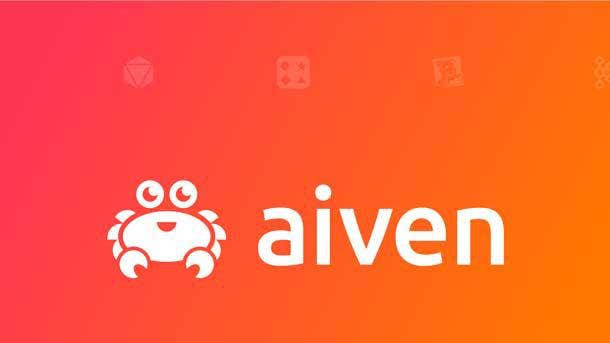
Aiven’s PGHoard
This Finnish company turns open source tools into managed sources, but it also maintains various open source projects of its own.
Take for example PGHoard. PGHoard is a python-based restore tool for PostgreSQL, an open source object-relational database system. This tool uses cloud object stores to store backup data. Its sister tool MyHoard offers similar functions for MySQL.
In March, Aiven raised $100 million in a Series C round to bring new products to market, develop more open source technologies and expand internationally.
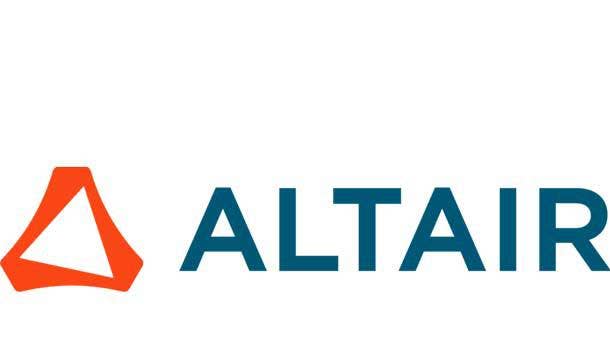
Altair GraphQL Client
Netherlands-based software developer Samuel Imolorhe is behind this open source debugging tool for GraphQL APIs.
Version 4, released in March, migrates the tool from Angular V9 to Angular V11, speeding the application and improving performance. Altair also introduced a way to perform logic on query results and gave users ways to configure proxy settings on desktop apps and hide extensions data returned from some servers.
Some hype around GraphQL and graph databases has built in recent years, with Dgraph Labs raising more than $14 million in funding since its founding and next-generation graph database developer Neo4j raising $325 million in a Series F round earlier this month. Neo4j offers a GraphQL library for low-code API development.
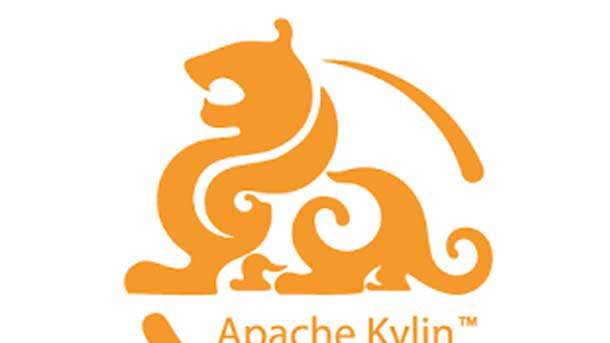
Apache Kylin
Kyligence, based in San Jose, offers an AI-enhanced analytics platform that’s capable of delivering sub-second query response time against petabytes of data. The Kyligence system is based on Apache Kylin, a distributed analytics engine for performing multi-dimensional analysis on huge datasets.
In April, Kyligence raised a $70 million Series D round of funding to “continue powering its global expansion and rapid customer adoption.” The financing will specifically be used to fuel the company’s research and development efforts, especially in developing cloud-native and machine learning technology, the company said at the time.
In January, Kyligence unveiled Kyligence Cloud 4, the first cloud-native release of the company’s AI-enhanced analytics platform that can deliver sub-second response time against petabytes of data.

AWS’ SaaS Boost
This open-source tool for accelerating software-as-a-service (SaaS) migrations for independent software vendors (ISVs) provides the needed foundational capabilities to onboard users, provision infrastructure for tenants, monitor consumption trends, configure tenant profiles, integrate with a billing system and surface key metrics with only environment configuration effort required to begin.
In May, AWS SaaS Boost became publicly available on GitHub, the open-source code repository service.
Adrian De Luca, head of worldwide partner solution architecture and global ISV build programs at AWS, likened AWS SaaS Boost at the time to a “space launch system for your applications, with all the ground operation and rockets to help you propel and manage your software as a service in the AWS cloud.”

GitHub Actions
Launched in 2018, this automation tool for the Microsoft subsidiary aims to speed up code writing and code deployment. Developers have used Actions for continuous integration (CI), GitHub Staff Developer Advocate Brian Douglas told ProgrammableWeb.com in an interview earlier this year. Actions has also helped expose more developers to GitHub application programming interfaces (APIs).
“What was really great is seeing the adoption of Actions in open source,” Douglas said in the interview. “So things like getting Ruby on Rails projects up and running with GitHub Actions. There‘s a lot of great examples, a lot of great blog posts from the community mentors, from open source maintainers of very large projects. And the beauty of that is that those actions are all open-sourced. So, if I want to ship a Rails project today, I can go to the Rails repo and see how they’re leveraging Actions.”
GitHub Actions supports any programming language and every major operating system (OS). Users receive live logs, a built-in secret store and multi-container testing.
Capability updates to Actions this year include GitHub Mobile gaining Actions deployment reviews, Beta API approving workflow runs from public forks of first-time contributors and the general availability of environments, environment protection rules and environment secrets.
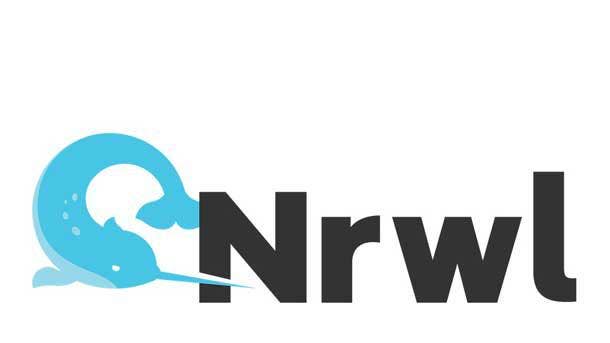
Narwhal Technologies’ Nx
Nx provides a build framework for developers to architect, test and build. The tool comes from Narwhal Technologies, based in Gilbert, Az.
The tool analyzes workspaces to determine what each code change affects. It partitions commands into a graph of smaller tasks, running those tasks in parallel, and uses a distributed computation cache to speed up command after someone has already built or tested similar code to another developer, according to the creators’ website.
Its ecosystem of users includes Accenture, American Airlines, Cisco, FedEx, Microsoft and Red Hat. Narwhal, which also uses the spelling Nrwl, was founded by former Google employees Jeff Cross and Victor Savkin.
Version 12.5 of Nx dropped on Monday, according to a blog post by Developer Relations Manager Brandon Roberts. New features include Per-project configuration, Storybook support for Angular 12.
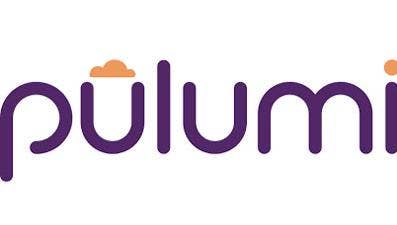
Pulumi
Pulumi offers an infrastructure-as-code platform for building, deploying and managing cloud infrastructure and applications. Developers can choose from more than 50 cloud providers, including public, private and hybrid architectures. Users include Snowflake, Tableau and AngelList, according to the company’s website.
In April, the team behind Pulumi released version 3.0, which includes Automation API, general availability of native providers for Microsoft Azure and improved Go and Python software development kits (SDKs).
Seattle-based Pulumi Corp. was co-founded in 2017 by CEO Joe Duffy, who spent more than 12 years with Microsoft.
Eric Thiel, director of developer experience at Cisco DevNet, said that Pulumi has come up more and more in discussions. “It will be a focus area in 2021 to explore how best to leverage its capabilities,” he told CRN.
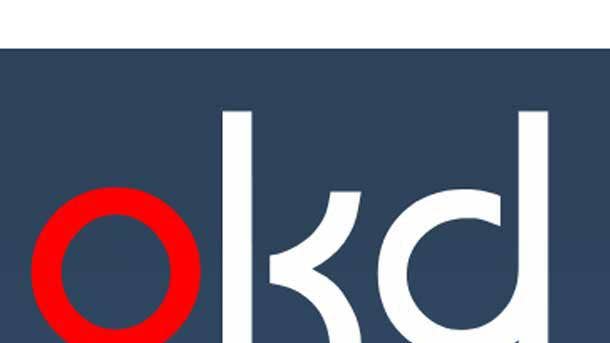
Red Hat OKD
One of the bigger tech stories in recent years has been IBM’s $34 billion acquisition of Red Hat. Ever since, IBM executives have touted Red Hat OpenShift as the cornerstone of its near-term growth strategy. And powering OpenShift is the open source Red Hat OKD, a distribution of Kubernetes for continuous application development and multi-tenant deployment.
In March, Red Hat held a testing and deployment workshop to discuss the latest updates for OKD 4, including CodeReady Containers and dedicated operator SDKs.
In January, Red Hat struck a deal to buy StackRox, a developer of container and Kubernetes-native security that Red Hat will use to boost the security capabilities of OpenShift.
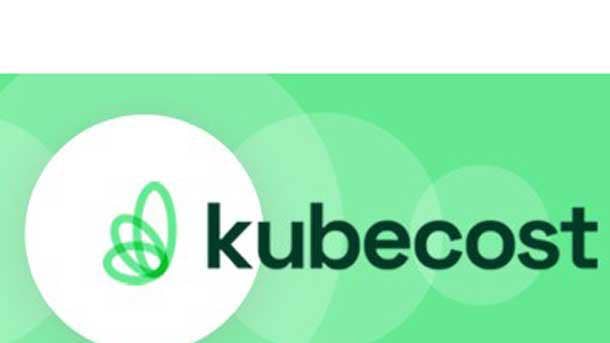
Stackwatch’s Kubecost
More attention on Kubernetes means more questions about the costs around cloud use. Cue Kubecost, a tool from San Francisco-based Stackwatch to monitor and reduce Kubernetes spending. The commercial version of Kubecost is built on top of the Kubecost open source project on GitHub.
The tool offers cost visibility breaking down costs by deployment, service, namespace label and more concepts. Users can view costs across clusters, in a single view or a single API endpoint, according to the company’s website. The tool alerts users to cost overruns and infrastructure outage risks. Kubecost runs on Azure, AWS, Google Cloud and other Kubernetes environments, including on-premises.
Users include CapitalOne, Adobe and TiVo, according to the company’s website. Stackwatch is led by co-founder and CEO Webb Brown, who spent four years as a product manager at Google. In March, Kubecost raised $5.5 million in funding, according to a blog post.
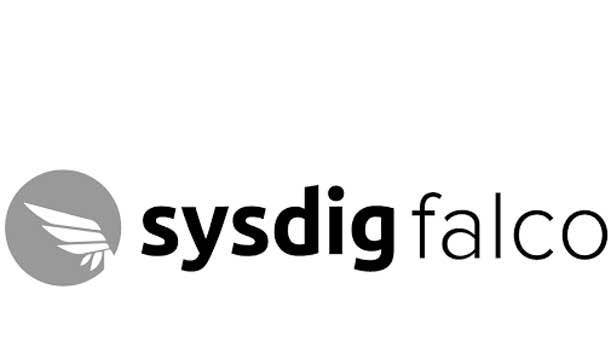
Sysdig Falco
Sysdig leverages open source technology to drive developer adoption and make sure security teams are comfortable as projects are embedded into the DevOps lifecycle.
Its Falco cloud-native runtime security project was created in 2016 and has visibility into security events, commands, connections and other syscall activity. It detects anomalous behavior on new logins, file access, system calls, storage writes and Kubernetes API calls. The tool saw a 300 percent increase in Docker Hub downloads over the past year, according to a Sysdig statement from January.
In April, Sysdig raised a $188 million Series F round to boost its engineering and R&D presence in Spain and Italy to keep strengthening its container and cloud security product lines. Sysdig has more than 100 channel partners with expertise in security, cloud and DevOps, and wants to more than double its sales capacity in 2021.